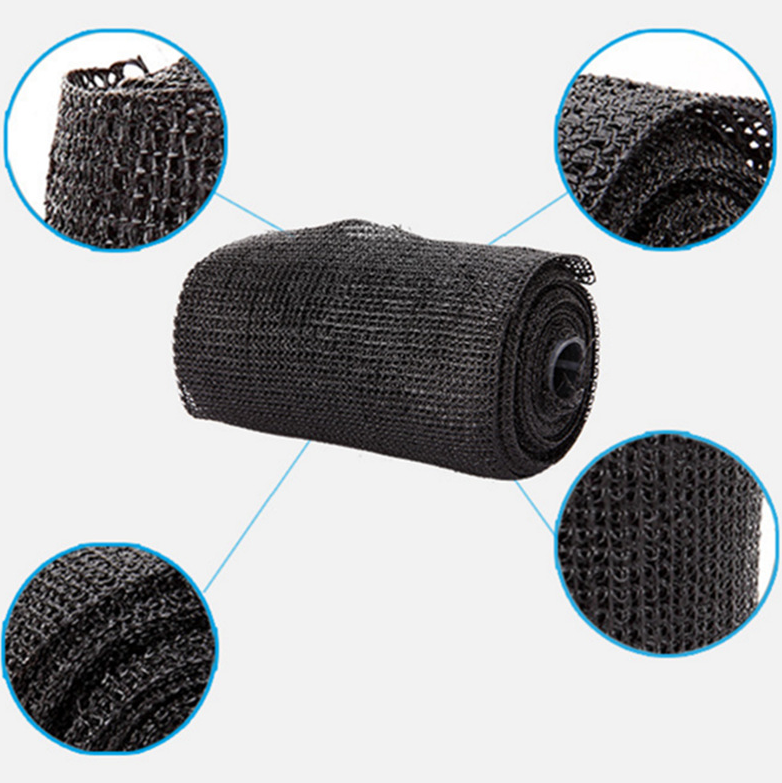The Importance of Rubber Electrical Insulation Tape
Rubber electrical insulation tape is a critical component in the realm of electrical engineering and maintenance. This specialized tape is renowned for its exceptional dielectric properties and flexibility, making it an indispensable tool for professionals and DIY enthusiasts alike. Its primary function is to insulate and protect wires, cables, and other electrical connections from moisture, dust, and mechanical stress, thereby preventing short circuits and ensuring safe operations.
One of the most distinctive characteristics of rubber electrical insulation tape is its high resistance to electricity. This allows it to serve as an effective barrier, ensuring that electrical currents do not leak out of the intended path, which can lead to hazardous situations. With a voltage rating that typically exceeds 600 volts, this tape can be used in a variety of applications, from residential wiring to industrial electrical systems.
In addition to its electrical insulating properties, rubber tape is also known for its outstanding durability. It can withstand extreme temperatures, ranging from sub-zero conditions to high heat, making it suitable for both indoor and outdoor use. This resilience extends to its resistance against aging, UV radiation, and chemicals, which means that it maintains its functionality and integrity over time, even in challenging environments.
rubber electrical insulation tape

The application of rubber electrical insulation tape is versatile. It is commonly used in electrical binding and insulation, as well as for color coding and identification of wires and cables. Electricians often use it to bundle wires neatly together, reducing clutter and enhancing the overall safety of electrical installations. Furthermore, this tape is also useful in repairs; it can temporarily fix frayed or damaged wire insulation until a more permanent solution is implemented.
When using rubber electrical insulation tape, it is crucial to apply it correctly for optimal performance. The tape should be wrapped around the electrical component with slight tension to ensure a secure fit, and overlapping each layer by about half will enhance the insulation effect. It is also advisable to consider the width of the tape, as a broader tape can provide better coverage and reduce the risk of exposure.
Another important factor to consider is the tape’s temperature and environment suitability. While rubber insulation tape excels in most scenarios, specific applications may require specialized variants, such as those designed for high-voltage situations or resistant to specific chemicals.
In conclusion, rubber electrical insulation tape is an essential material in maintaining electrical safety and efficiency. Its ability to provide reliable insulation, coupled with its durability and versatility, makes it a valuable asset in a wide range of electrical applications. Whether you are a professional electrician or a DIY enthusiast, understanding and utilizing this remarkable product can significantly enhance both the safety and longevity of electrical systems.
-
XIANGFAN Rubber Tape-Ultimate Solutions for All Your Insulation NeedsNewsJun.24,2025
-
XIANGFAN Rubber Tape-Protection for Industrial and Residential ApplicationsNewsJun.24,2025
-
XIANGFAN Rubber Tape: Superior Safety and Sealing for Demanding EnvironmentsNewsJun.24,2025
-
XIANGFAN Rubber Tape: Reliable Solutions for Every Electrical ChallengeNewsJun.24,2025
-
XIANGFAN Electrical & Industrial Tape: Powering Reliability Across IndustriesNewsJun.24,2025
-
XIANGFAN Electrical & Industrial Tape: Excellence in Every ApplicationNewsJun.24,2025
